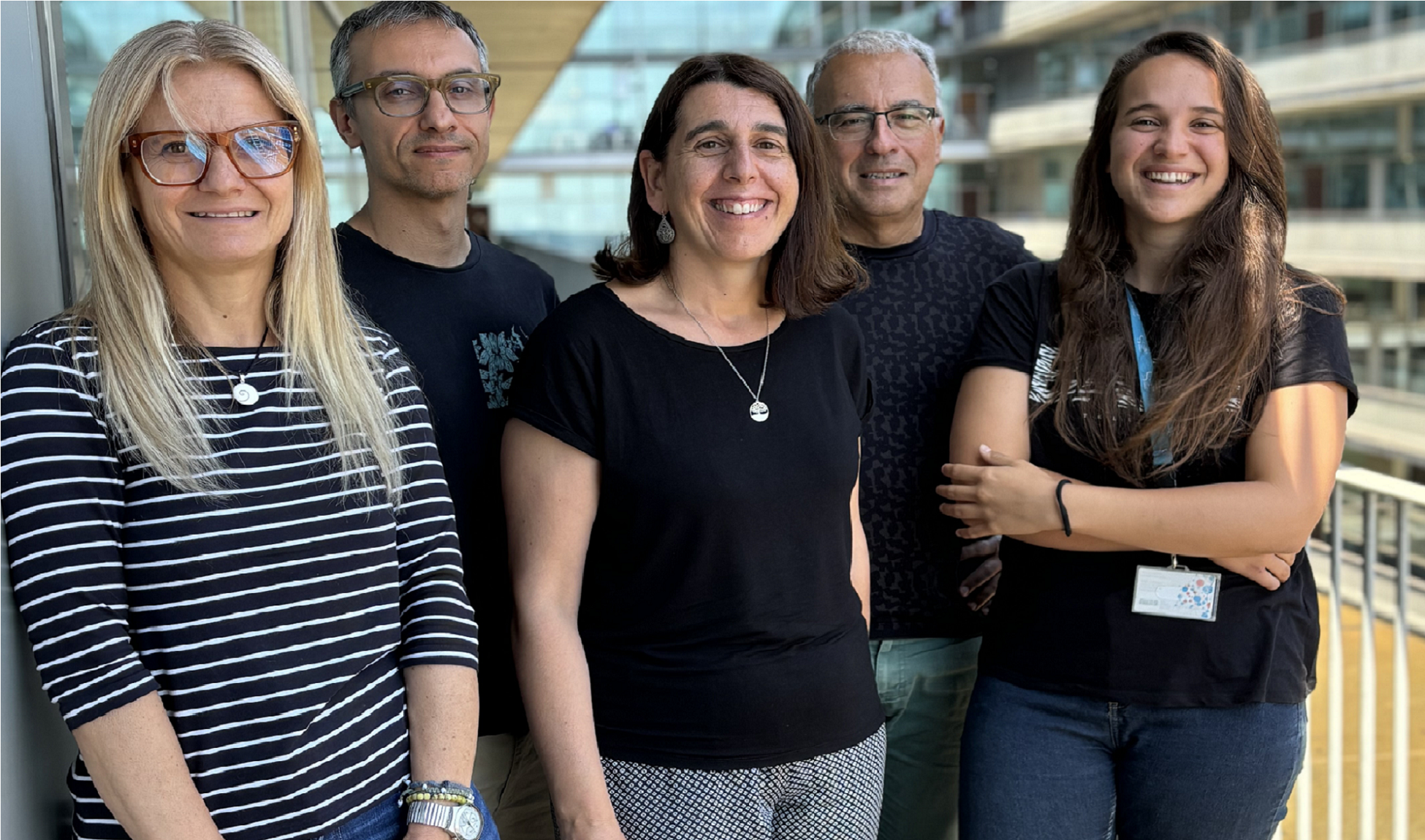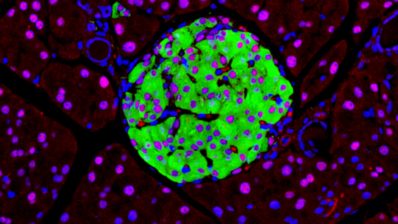The research team led by Roderic Guigó at the Centre for Genomic Regulation (CRG) has recently published an article on a new method that allows the complete sequencing of long RNA molecules.
The article, with Sílvia Carbonell Sala as first author, has been published in the journal Nature Communications in English, as usual – but with the particularity that ir also includes a link to a Catalan translation of the abstract (the brief summary of the study at the beginning of all scientific articles). They have also included a Catalan explanation of the article in simpler terms, aimed at the general public.
We talk to the authors about the what, the why and the how of this initiative to give visibility to local languages in the scientific field.
Where did the idea come from?
The idea initially arose in the context of the Catalan Initiative of the Earth Biogenome Project – the international project that aims to obtain high-quality genomes of the different species that inhabit the planet. In the case of the Catalan Biogenome Project (CBP), we want to sequence 40,000 species that live in Catalan territory.
The fact is that within these projects, there is a type of article, called “Genome Notes“, which are written semi-automatically when a genome has just been sequenced. It is a way of recognizing the effort of many people involved in these sequencing that will hardly end up in an article. Think that there are two million genomes to be sequenced, so not all of them will have their own publication!
It occurred to us that for the Catalan Initiative species, perhaps these automatic articles could be generated in Catalan – apart from English – so that the local citizens, who directly fund our research, can access them even if they do not speak English.
“We wanted to make a Catalan version of the article on the Catalan Initiative of the Earth Biogenome Project so that the local citizens, who directly fund our research, could read it”
Sílvia Carbonell Sala (CRG)
So we contacted the Darwin Tree of Life (DToL) team – another subgroup within the Earth Biogenome Project – who have developed the software to write the Genome Notes semi-automatically. They did some tests to create a Catalan version within the article itself. It ended up as just a test, however; it was not published. F1000 is the one who publishes the Genome Notes, and although they are working on multilingualism platforms, they are not ready yet. But F1000 themselves suggested that we put the Catalan abstract in Zenodo, or any other repository that has the capacity to grant DOIs (Digital Object Identifiers), and link it to the article.
We agreed that we would do this for the first CBP Genome Notes; an article about a butterfly from Andorra that we have just finished and for which we are preparing the Catalan abstract.
But this article on RNA sequencing is not part of CBP, is it?
Correct. Although the idea was born with the Genome Notes, we thought that translations into local languages did not have to be limited to this type of articles. As we had this paper accepted in Nature Communications, we wrote to Kate de Mattos-Shipley who was the editor of our manuscript. From the beginning she was very receptive, to be honest. In part, we have managed thanks to her.
So what is the aim, and what are the next steps?
The idea is that anyone from the general public can access and understand the article or abstract. To date, the Catalan abstract of this RNA sequencing article has more than 780 visits and has been downloaded more than 670 times.
This specific initiative came from our group, but the CRG has supported it from the beginning, within the framework of a plan, promoted by the manager Joan Vives, to promote Catalan in the center.
Our idea is to do it more times. In fact, we just published the article that describes the Catalan Initiative for the Earth Biogenome Project, where we explain the origins and history of the project, its current structure and state, and its future direction. And in this case, we have included in the scientific journal a link to the full article in Catalan, hosted again at Zenodo. This article is actually much easier to read, and one that we’re interested in people reading, because the Catalan Initiative wants to involve as many people as possible.
“We hope that this will set a precedent and that other scientists around the world will adopt the same model to make research results more accessible to non-English speakers”
Roderic Guigó (CRG)
Was there any precedent for the inclusion of translations in scientific articles into local languages?
As far as we knew, this was the first time that a high-level journal, from an important international publisher, has agreed to make explicit reference to a Catalan translation of a scientific study. Although after publishing it, we have learned that there are a couple or three more international articles with some part translated into Catalan, and we are trying to contact the authors.
In fact, we have created a community in Zenodo called “Research in Catalan” where we want to collect all similar cases. There have been people who have been interested in the model. We are also creating, together with Toni Hermoso at the CRG, guidelines to make it easier for other researchers to do this. It’s a lot of work, but we think it’s worth it!
Lastly, what is the motivation for making these translations?
One of the main reasons for translating the scientific abstract into Catalan is to preserve and promote linguistic diversity and avoid “linguistic poverty” in terms of scientific terms and expressions in Catalan – or other languages beyond English. There are many scientific terms that we often use in English for which there is no equivalent in Catalan. Creating them would help our citizens better understand the results of scientific research and improve overall science literacy.
In the end, scientific contributions come from all over the world, and it is also important to give visibility to this geographical and linguistic diversity of science. By translating scientific studies, we help level the playing field, ensuring that all communities have equal access to valuable knowledge and resources.
Carbonell-Sala, S., Perteghella, T., Lagarde, J. et al. CapTrap-seq: a platform-agnostic and quantitative approach for high-fidelity full-length RNA sequencing. Nat Commun 15, 5278 (2024). https://doi.org/10.1038/s41467-024-49523-3







